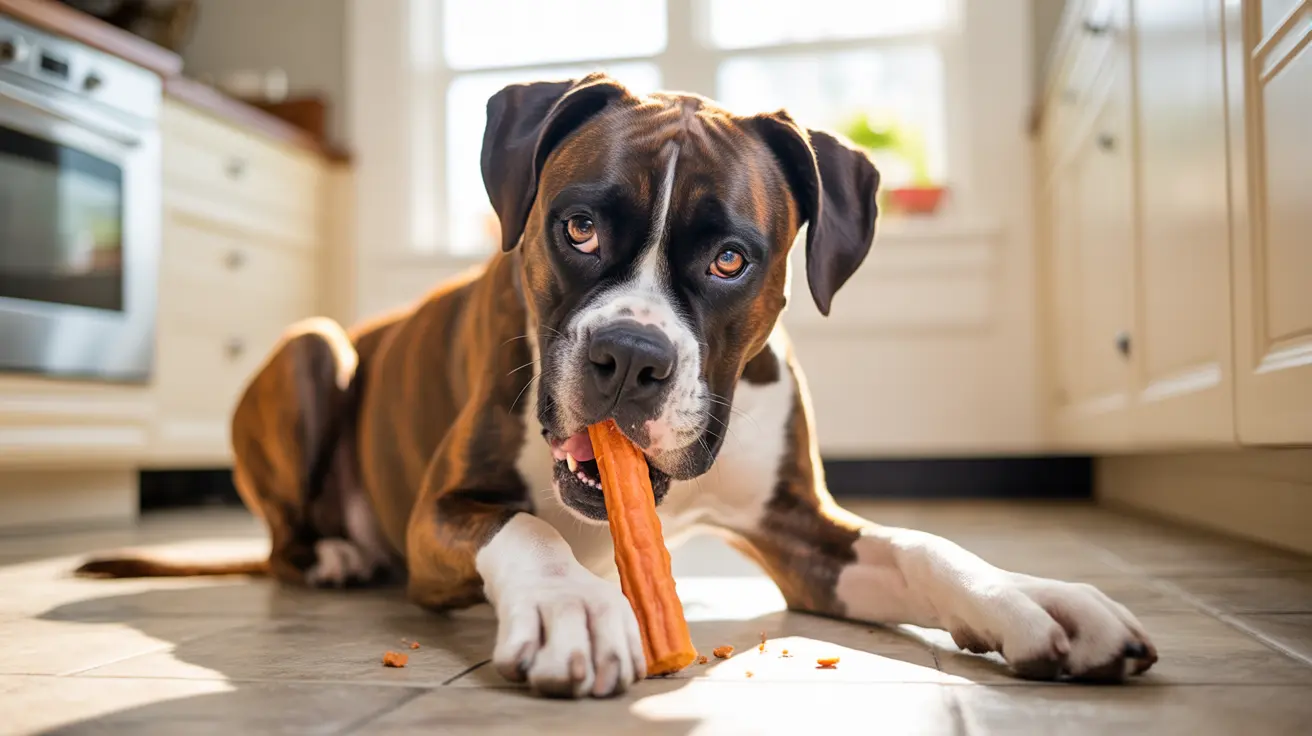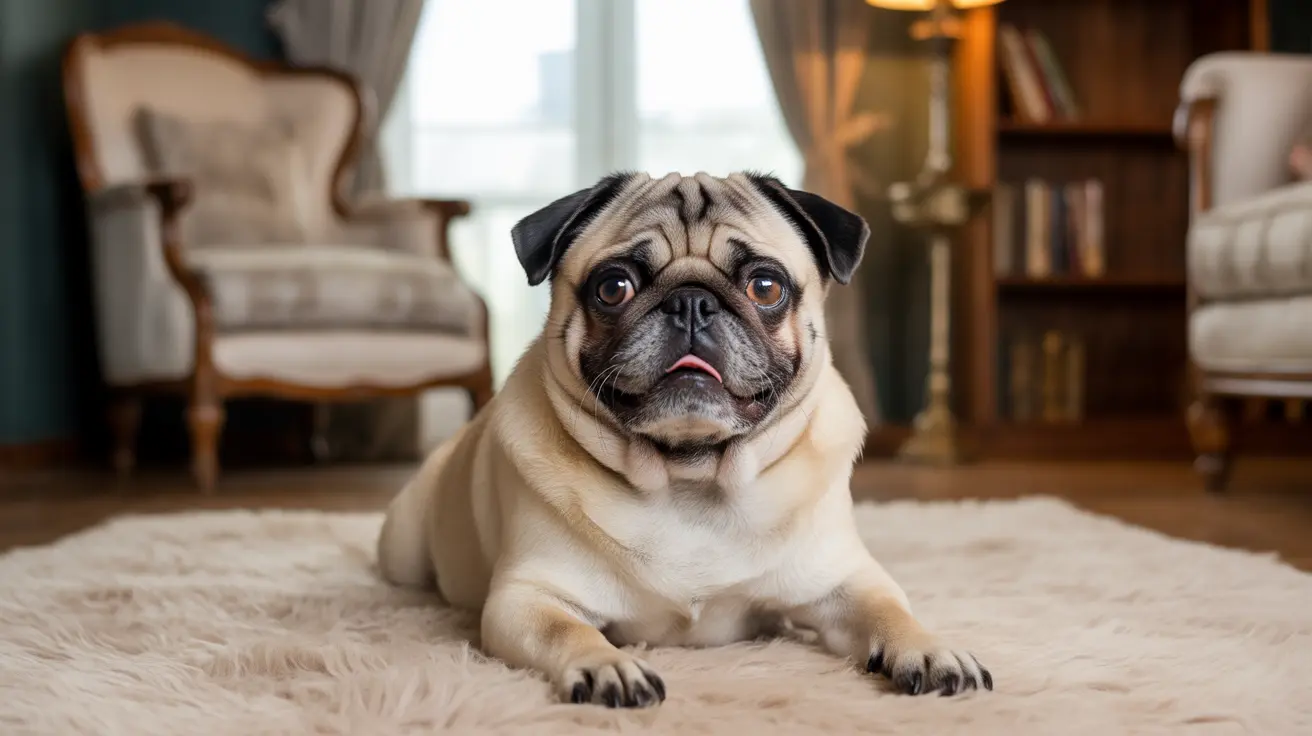Understanding Where Dogs Feel the Most Pleasure During Mating
Dogs, like most animals, have evolved mating behaviors tied to their biological instincts and reproductive success rather than emotional intimacy. However, that does not exclude the presence of physical sensations associated with the act of mating. Recognizing where and how dogs experience pleasure provides valuable insights for pet owners and breeders alike.
The Mating Process and Physical Changes
The process begins when the female dog enters estrus, the stage during which she becomes receptive to mating. This typically occurs during days 10–14 of her heat cycle. At this time, the female's body undergoes visible changes, such as a swollen vulva and a change in vaginal discharge, signaling readiness for mating. Behaviorally, she may exhibit increased affection, vocalizations, and tail flagging.
Male Dog Response and Sexual Maturity
Male dogs are capable of mating once they reach sexual maturity at around six months of age, although responsible breeding should be delayed until full physical and mental maturity is achieved. Males respond strongly to pheromones released by the female when she is in estrus. This leads to courtship behaviors like sniffing, licking the genital area, and mounting attempts once the female accepts the male's advances.
The Copulatory Tie: The Peak of Physical Sensation
The most evident sign of mating success—and the point where dogs likely feel the most physical pleasure—is the copulatory tie. This unique physiological phenomenon occurs after the male achieves penetration. The following sequence outlines the steps that lead to and maintain this tie:
- Penetration: The male mounts the female from behind and inserts his penis into her vagina.
- Bulbus Glandis Swelling: The bulbus glandis, a structure at the base of the male’s penis, engorges with blood, increasing in size.
- Vaginal Muscle Contraction: Simultaneously, the female’s vaginal muscles contract around the swollen bulbus glandis, creating a lock.
- Tie Duration: This physical bond renders it impossible for either dog to disengage without potential injury. The tie lasts anywhere from 10 to 45 minutes.
Veterinary and behavioral evidence suggests this stage is associated with the most intense physical sensations for both male and female dogs. For the male, the ejaculation occurs during this time, and the locked position helps ensure sperm retention. For the female, the act of secure physical contact may offer a feedback mechanism to optimize sperm reception and reproduction.
Importance of a Calm Environment During the Tie
Owners and handlers should provide a quiet, stress-free environment during mating, particularly during the tie. Attempting to forcibly separate the dogs can result in severe injuries to their reproductive organs. Instead, owners should stay calm and present until the pair separates naturally.
Variability in Mating Behaviors
While a copulatory tie is common in successful mating, some dogs may experience slip matings, where ejaculation occurs before the full tie can form. Although less ideal, conception is still possible. However, the physical sensations and reproductive success rates are higher when a complete tie is achieved.
Artificial Insemination and Its Limitations
In cases where natural mating is unfeasible due to size disparities or health risks, artificial insemination can be used. While this method ensures reproduction, dogs do not experience the physical tie or the associated sensations of pleasure. Therefore, artificial insemination removes the sensory and bonding elements inherent to natural mating.
The Role of Training and Familiarity
Well-trained dogs are easier to manage during the mating process. Familiarizing both dogs before mating helps reduce anxiety, contributing to a more successful copulation. Positive behavioral cues and physical readiness enhance the overall experience for both animals.
Post-Mating Considerations
After mating, monitor both dogs for signs of injury, stress, or pregnancy symptoms in the female. A calm post-coital environment supports recovery and ongoing reproductive health. Veterinary check-ups help ensure no complications arise from the act of mating.
Conclusion
Dogs experience the most physical pleasure during the copulatory tie that occurs during mating. This stage involves mutual physiological engagement—swelling of the bulbus glandis in males and vaginal contractions in females—resulting in a lock that fosters successful reproduction. Understanding this process helps owners support safer, more comfortable breeding experiences for their pets.





